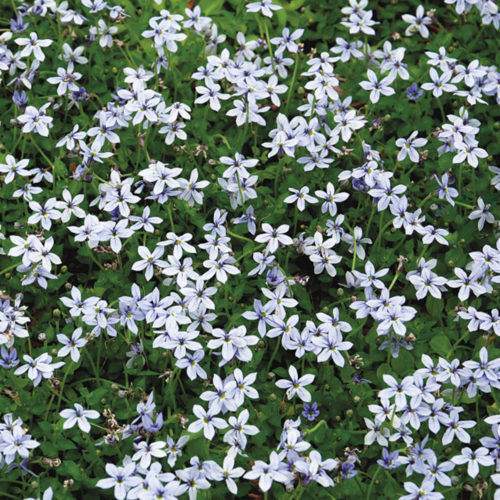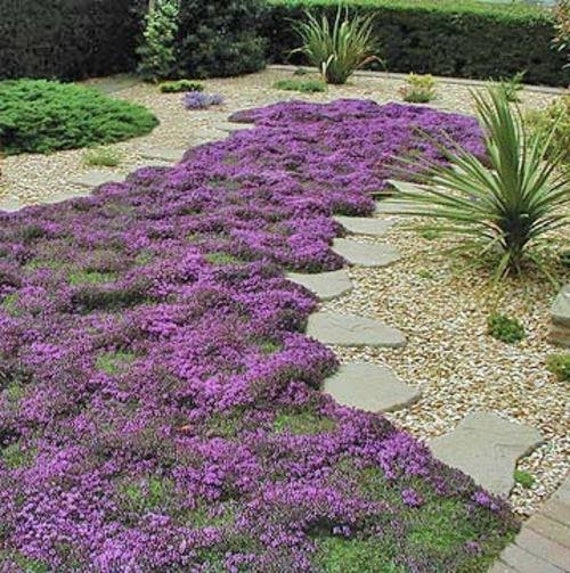
Peas (look for dwarf and enation-resistant varieties)Īll vegetable plants will need regular watering throughout the summer. These vegetables need to be planted in the middle of summer so they will have time to mature by fall. Plant These in Early or Mid-July for Fall Harvests These vegetables need a long head start to be ready for harvesting before winter. Fall Harvests Plant These in Late June for Fall Harvests So what should you plant? Here are some options. They will “overwinter,” meaning they will stay mostly dormant until early spring and then begin growing again, giving you earlier harvests than if you waited to plant them until early spring. Other cool-season vegetables can be planted mid-summer-fall but won’t be ready to harvest until next year. Lettuce, most greens, radishes, and peas can be harvested before the first frost or covered for protection (see “Cold Protection”, below) while beets and carrots can handle a little frost and may even become sweeter for it. Some cool-season veggies grow fairly quickly and, if you plant them now, you will be able to harvest this year. Cool-season veggies prefer milder weather and can generally be planted in spring and again in late summer/early autumn. The warm-season veggies are at their peak at the height of summer: think tomatoes, squash, cucumbers, and peppers. Vegetables are often separated into two groups: cool-season and warm-season. You can also check seed packet information to see if a variety is recommended for fall gardening. At Swansons, we carry fall gardening varieties of plants and seeds in July and August. Many vegetables have varieties that are best suited for fall and winter. Note: plant starts can be planted up to 2-3 weeks later than seeds must be sown. However, fast growers like lettuce, parsley, radishes, arugula, or vegetables you will harvest small (baby carrots and young leaves of spinach, kale, and Swiss chard) can easily be grown from seed or starts, depending on your preference. If sowings of seed fail to germinate in early August because of heat and inconsistent water, try again in late August and September when they may germinate more easily. For many of the edibles mentioned below, starts are preferable to plant in August. Planting starts will allow you to harvest earlier in many cases. Let them grow through the winter, then till them into the soil in spring before they go to seed (I can't emphasize that enough) and voilà - improved soil! Starts or Seeds? These legumes are nitrogen fixers and will improve your soil. If you decide not to plant your entire space, consider sowing a cover crop such as crimson clover, vetch, winter peas, or favas in the fall.

Now is also the time to mulch your soil, after planting, with several inches of compost (Gardner & Bloome Soil Building Conditioner is great as mulch) to keep summer's heat in the soil and help retain soil moisture. Stone and Gardner & Bloome offer excellent options) mixed with fertilizer, added according to package directions. For containers, always use potting soil (again, E.B.

Stone Planting Compost or Gardner & Bloome Harvest Supreme. You can also amend your soil with high-quality compost, such as E.B. Earth or Espoma brand) will give your new plants a much-needed boost. Your summer vegetables have most likely used up essential nutrients in the soil, so adding a natural vegetable fertilizer (we like Dr. And you can sow lettuce between rows of overwintering cabbage or cauliflower. Radishes and carrots can be planted in between rows of maturing lettuce or bush beans, for example. Remember also that you can sow seeds or even plant starts (baby plants) in tight spaces if the vegetables that are currently growing there will be harvested soon. Some of the pests that attack these vegetables could still be around and planting the same thing in the same spot makes it all that much easier for them to feast. This is especially important for crops in the Cabbage family (broccoli, kale, radishes) and Beet family (beets, swiss chard, spinach), as well as carrots and onions. If you can, plant something different than what you had in that spot in spring and summer. When planting for autumn, it's a good idea to practice crop rotation.
Growing thyme in pacific northwest how to#
Let’s look at where to plant, how to improve the soil, and whether you should plant seeds or starts (baby plants), then I’ll provide a list of vegetables suitable for the fall/winter garden and tell you when to plant each one. In the PNW, we can grow peas for a fall harvest! Have some space where your newly-harvested lettuce used to grow? It’s the perfect spot for fall beets, broccoli, or even more lettuce. Missed planting peas last spring? No problem.


 0 kommentar(er)
0 kommentar(er)
